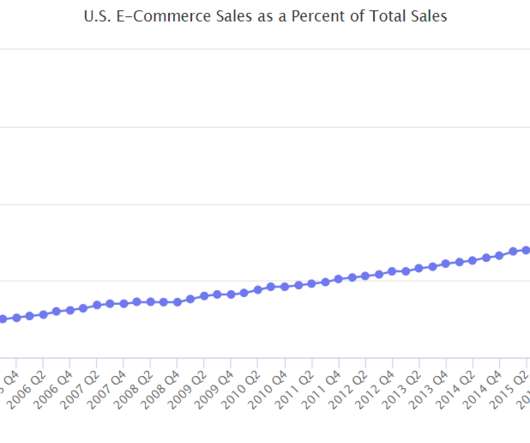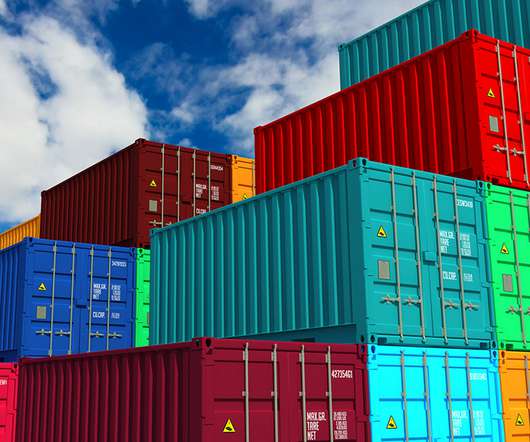The Need For Supply Chain Innovation: Why You Should Watch These Four Trends ?
The Logistics & Supply Chain Management Society
MAY 28, 2022
Transport markets tend towards consolation, which we have observed with the container liners and the emergence of new business models brought about for example by platform aggregators. But Asia will continue to grow as a manufacturing base and consumer market. Market fragmentation and consolidation. MORE FROM THIS EDITION.















Let's personalize your content